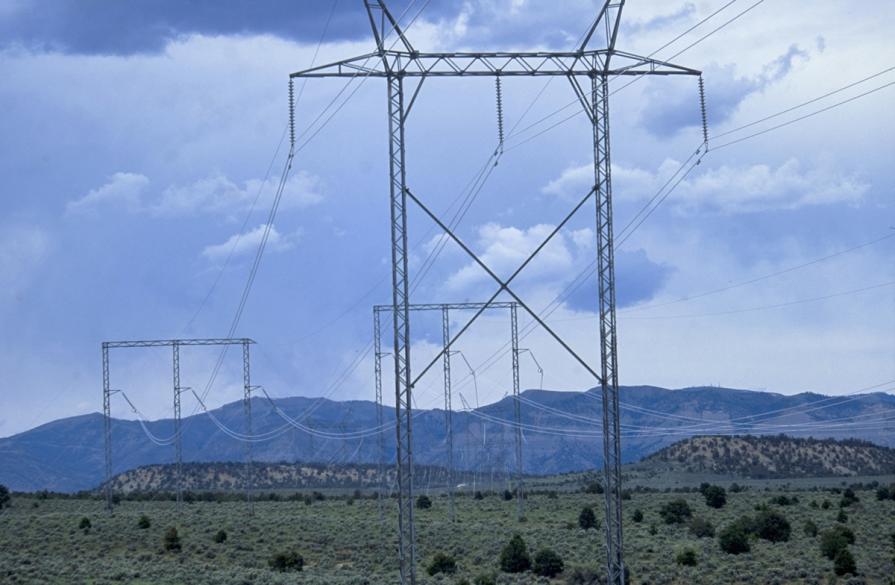
Utah Lands and Realty
BLM Utah is responsible for managing approximately 23 million acres of public lands as well as another approximately 38.6 million acres of mineral estate where the surface is managed by the BLM or USFS. Management responsibilities include: land acquisitions and disposals, land exchanges, rights of way and easements; land withdrawals; hard rock minerals under the Mining Law of 1872, leasable minerals (oil, gas, coal and geothermal) common variety minerals (e.g., aggregates), mineral resources on tribal lands, and maintaining the Public Land Tenure Records for all lands in Utah.
Beginning in 1785, a rectangular survey system was adopted to describe the country's public lands. Cadastral surveyors divided the land using a north-south, east-west grid system of township and range to identify and describe land parcels.
This site provides viewing access to all the Cadastral Surveys as well as the Land Status records for the over 2,600 townships in Utah. Land Status records display land ownership, including original patents to homesteaders, miners, and railroad companies. They also reflect federal rights and restrictions for all land within Utah. This information is provided by township and consists of Master Title Plats (MTPs) and Historical Indices (HIs). The MTPs show the current land status for all federal interests in these lands while the HIs chronologically list all activities, past and present, for each township.
Some areas that fall completely within an Indian reservation or National Park may not be represented here by land status records. Information on these lands can be found with either the Bureau of Indian Affairs or the National Park Service.
